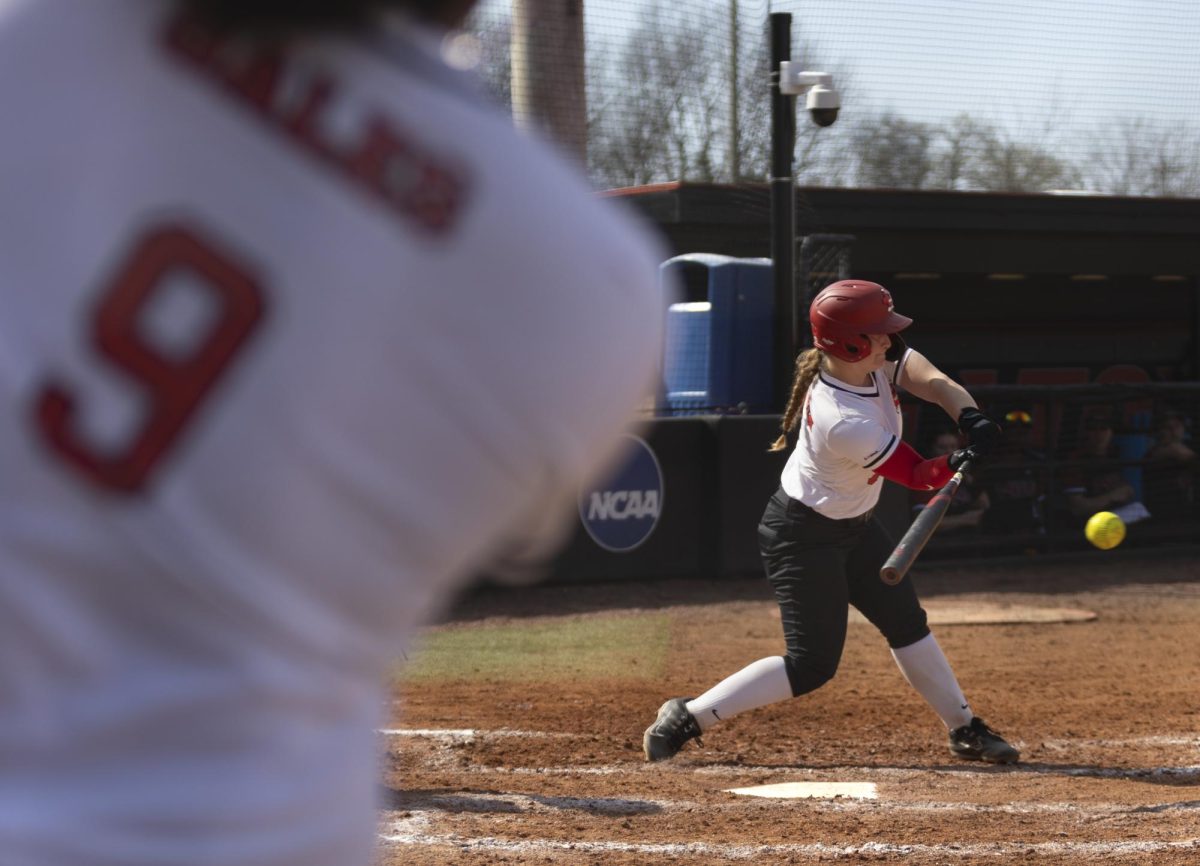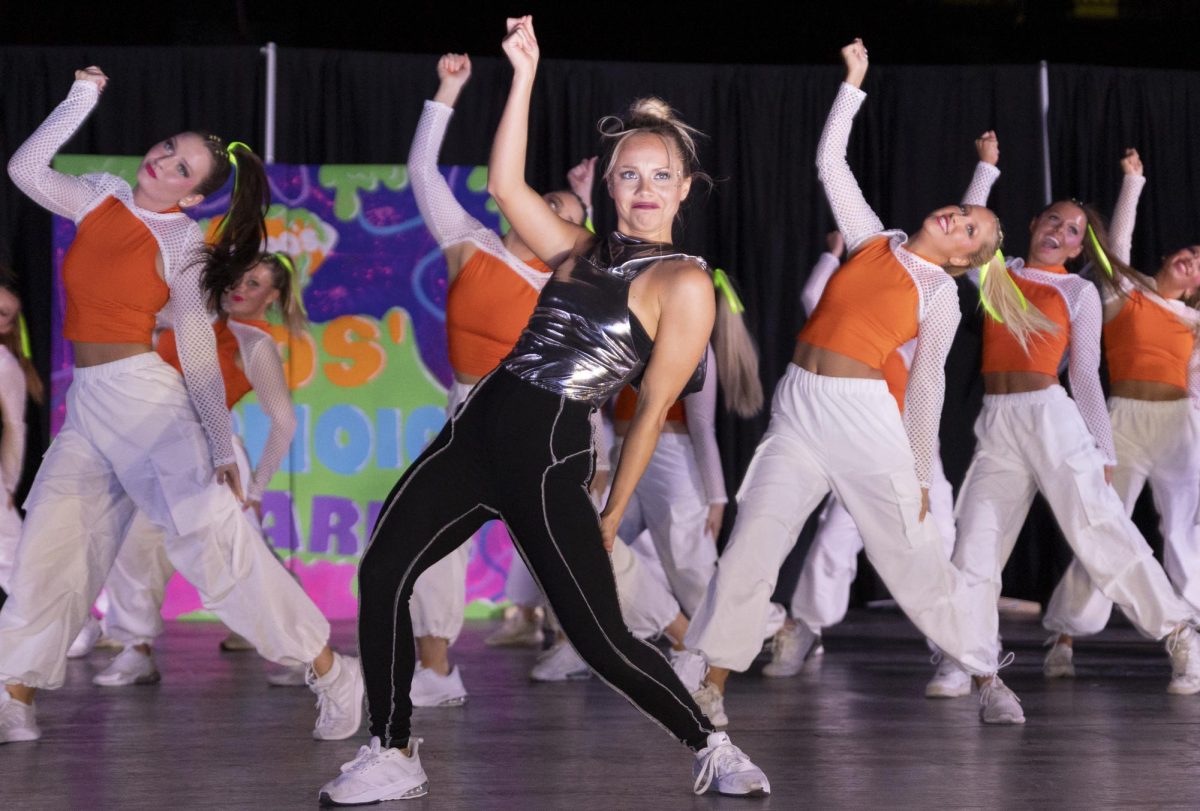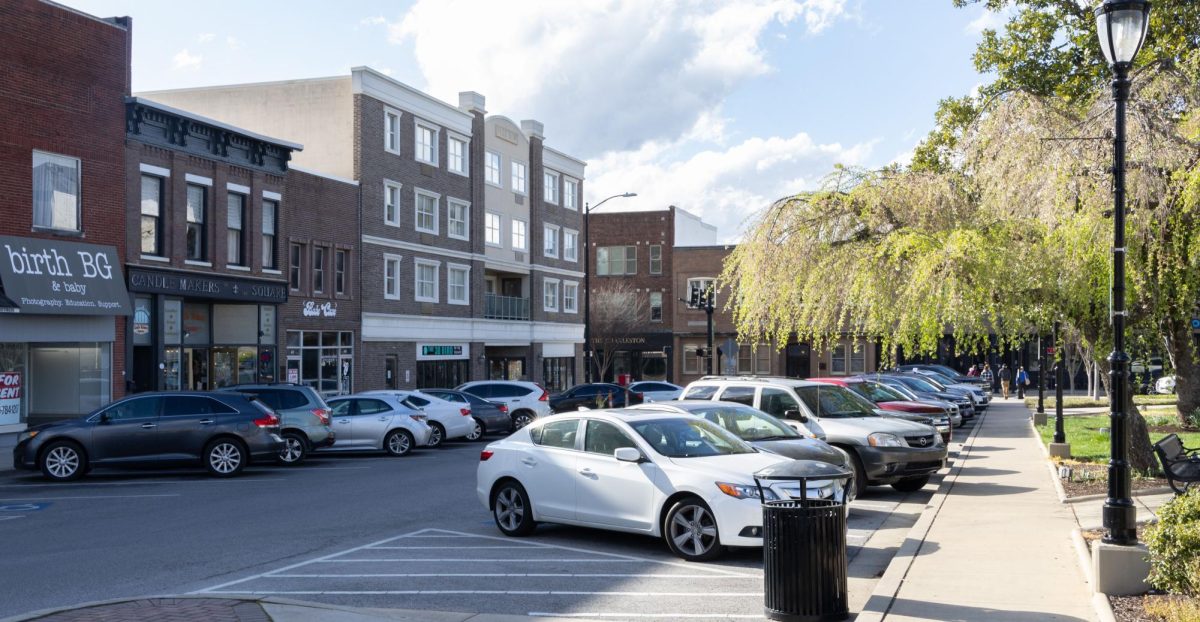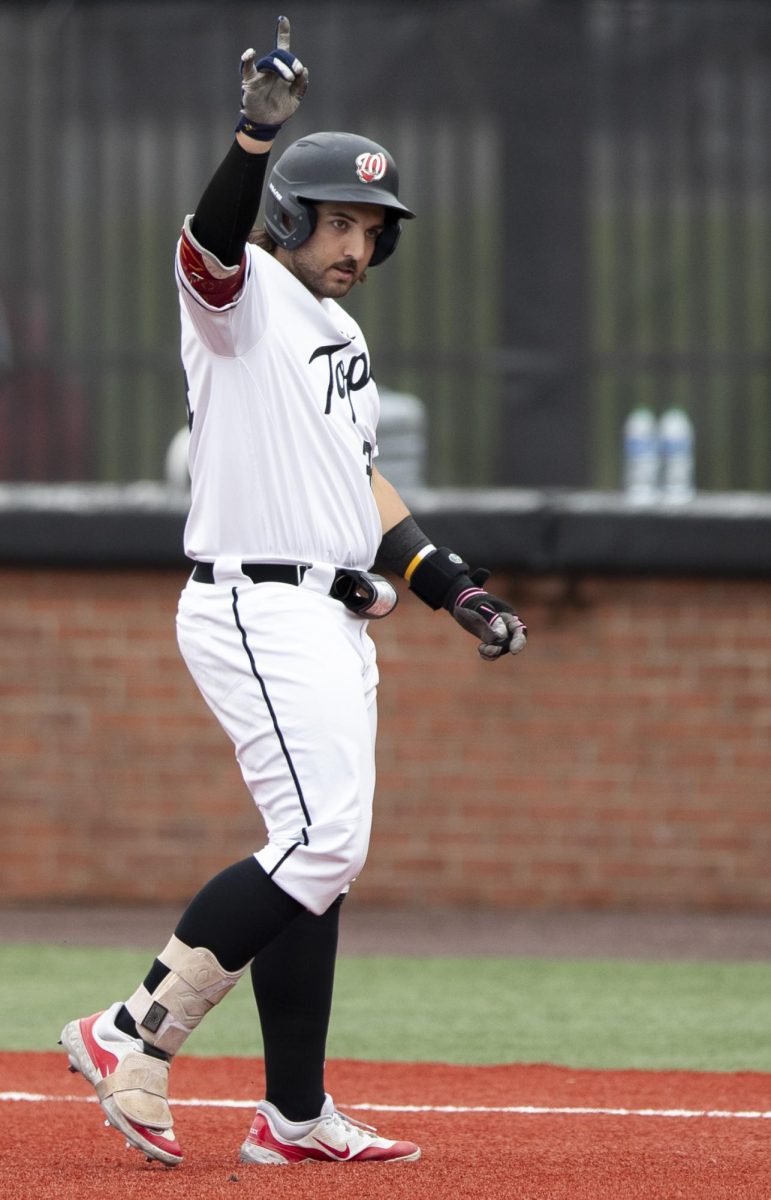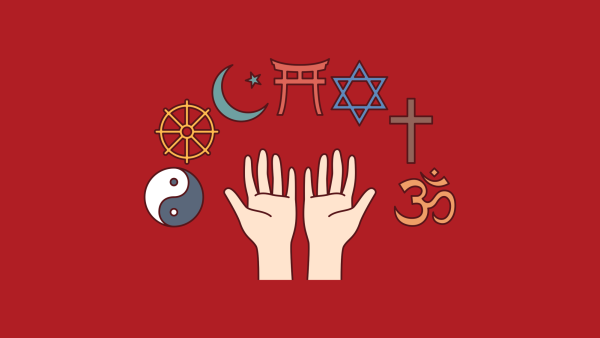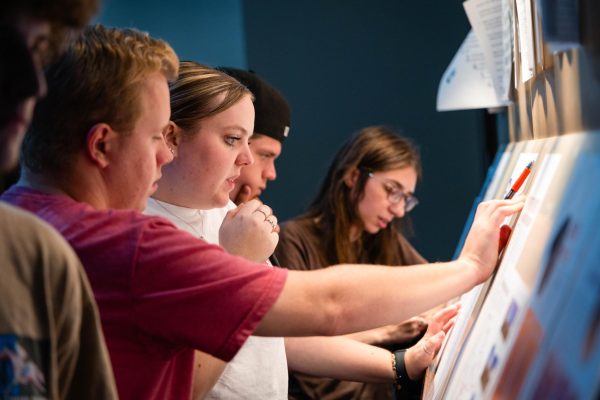Socialist Convergence was better than lousy DNC
August 22, 2016
This current election cycle has revealed how detached mainstream politics is from the interests of public writ large.
Manifestations of this disconnect can be seen in the recent populist uprising typified by Bernie Sanders on the left and Donald Trump on the right. The terms “conservative” and “liberal” are losing their political saliency, while “socialist” has begun to enter the mainstream.
The political divide in the United States is not predicated on social, cultural or ideological lines (e.g. Republican vs. Democrat), rather the imbalance between those with power (the political/ruling class) and those without power (everyone else) is emerging as the relevant political entrenchment of the day.
This summer I was given the opportunity to take part in reshaping the current political landscape of the left. During the week of the Democratic National Convention in Philadelphia, a concurrent left-wing counter-convention, socialist convergence was organized.
The Socialist Convergence was a four-day event with some 700-800 attendees put on through the joint effort of several socialist groups across the country including Solidarity, ISO (International Socialist Organization), Democratic Socialists of America, Philly Socialists and Kentucky Workers League.
Each day of the convergence started off with workshops in Franklin Delano Roosevelt Park. Two of the main organizing groups of the Convergence, the Kentucky Workers League (of which I am a member) and Philly Socialists, directed workshops on building tenants unions, labor organizing and how to grow an organization from 5 to 50 members.
Once the workshop was over, people were free to take part in independently organized protests and marches. Sadly, I was only able to attend one protest during the Convergence: The March for Black Lives.
A mass of people spanning an entire square block of downtown Philadelphia marched against police brutality against people of color. Signs with murdered men and women of color were passed around. “Who will carry this name?” an organizer would shout. “I will” a protester would respond, and they would be handed the sign. I carried the name of a person named Lorenzo Hayes.
We marched for hours. We chanted, “Who do you protect? Who do you serve?” at the police standing around us. No fight broke out between the police and protesters when I was there, but the class antagonism was palpable regardless.
I peeled off from the march half-way through to attend the evening portion of the convergence — a panel discussion. Despite having marched in downtown Philadelphia for five miles in the blistering heat, I was told that the marchers continued on for another five miles before the march finally ended. No one could question their resolve and not even fatigue could shatter it.
If the march was the most awe-inspiring event of the convergence, then the panel discussions were the most entertaining part. Panel discussions covered topics including feminism, anti-racism and anti-imperialism, focusing on how these movements are informed by class politics.
During the question and answer session of the gender and class panel discussion, one guy spoke to promote his book he wrote on Bernie Sanders. He was insufferable, but his comment exemplified the need for new young people to take the reins and let the old guard die off. Despite the occasional lack of self-awareness of some of the more privileged voices in the room, the panels were equal parts informative and insightful.
There’s no way to conclude this article, because the socialist convergence wasn’t a conclusion, but the exposition for a political dissent against the current formal power structures.
The Socialist Convergence was not just a DNC counter protest, it was a symptom of metastasizing populist malaise with status quo.










